Choosing a career focus
Construction is a pretty broad term. Project manager? Heavy equipment operator? Pipefitter? In order to work smarter, not harder, you’ll need to narrow that down.
Fortunately, tools are available to help you do just that.
- The Montana Department of Labor and Industry’s Montana Career Information System (MCIS) website is free for Montanans and allows you to research your career interests, wage information, employment data, training requirements, and more. Get started by clicking on “Guest Login” and find out what you want to do with your future.
- Another way to figure out whether you want to pursue a certain career path is to job shadow, or follow someone who is doing the job in which you are interested. Arrange a job shadowing experience by:
- Asking your parents/guardians or friends if they know anyone who does that job.
- Talking to your high school counselor about setting it up.
- Contacting the MCA to arrange a job shadow experience with one of our members.
Find out everything you can about the careers you are considering. Knowledge is power when it comes to your future.
Preparing and training
As you probably discovered when you explored your occupation options, some of them require training. If you want to design bridges or large buildings, you’ll need a civil engineering degree — four to five years of study. If being a heavy equipment operator is more your thing, a certificate program or on-the-job training will prepare you for your job.
In Montana, the Montana University System website is a comprehensive source for four-year and two-year training opportunities. Use the MUS website to narrow down your program choices.
Once you have identified the institutions that offer the instruction you need for your career, you will need to evaluate your choices to find the best fit for you. Before you commit your money and time to a school:
- Ask for recommendations from people you know who work in the career in which you are interested.
- Go to the campus to take a tour; talk to teachers and advisors; and visit with students. Decide whether it feels right to you.
- Compare costs. Financial aid awards can vary widely, so compare grants, scholarships, and loans to determine which school will leave you with the least amount of debt.
Apprenticeships are another popular way to receive the training necessary to work at a particular occupation. These are usually employer-designed programs that require some college-level coursework, in addition to about 2,000 hours of on-the-job training. These types of positions allow individuals to enter the work force as soon as they graduate, earning income at the same time as learning a job. Often, completion of an apprenticeship results in the award of a license, or admission into more in-depth instruction.
In Montana, the Montana Registered Apprenticeship program website is a great place to learn more about the benefits of apprenticeships, and how to get involved.
On-the-job training is a method used by many Montana construction companies to help employees attain skills. This is a great way to learn a trade, earn wages, and build a solid reputation within a company. Ask potential employers if they provide on-the-job training.
Paying for training
If savings aren’t enough to pay for training for your preferred career, don’t give up. Help is available.
The U.S. Department of Education awards about $150 billion a year in grants, work-study funds and loans to assist students to pay for training. To access that funding, complete the Free Application for Federal Student Aid (FAFSA). (In Montana, the priority filing deadline is Dec. 1.) Filling out the FAFSA begins the financial aid process, allowing students and families to better understand their funding options and level of responsibility for educational costs.
Also, check out scholarship opportunities available to you. Scholarships do not need to be repaid, so they are an effective way to whittle down education and training expenses. The MCA distributes $1,000 scholarships to the children of member company employees each year. Click here to learn more.
Additional resources for scholarship opportunities include:
Don’t forget to visit with your high school counselor or the financial aid officer at the school you want to attend. Helping students is what they do for a living!
Also of note — some employers assist their employees in paying for training and equipment costs. Be sure to ask.
